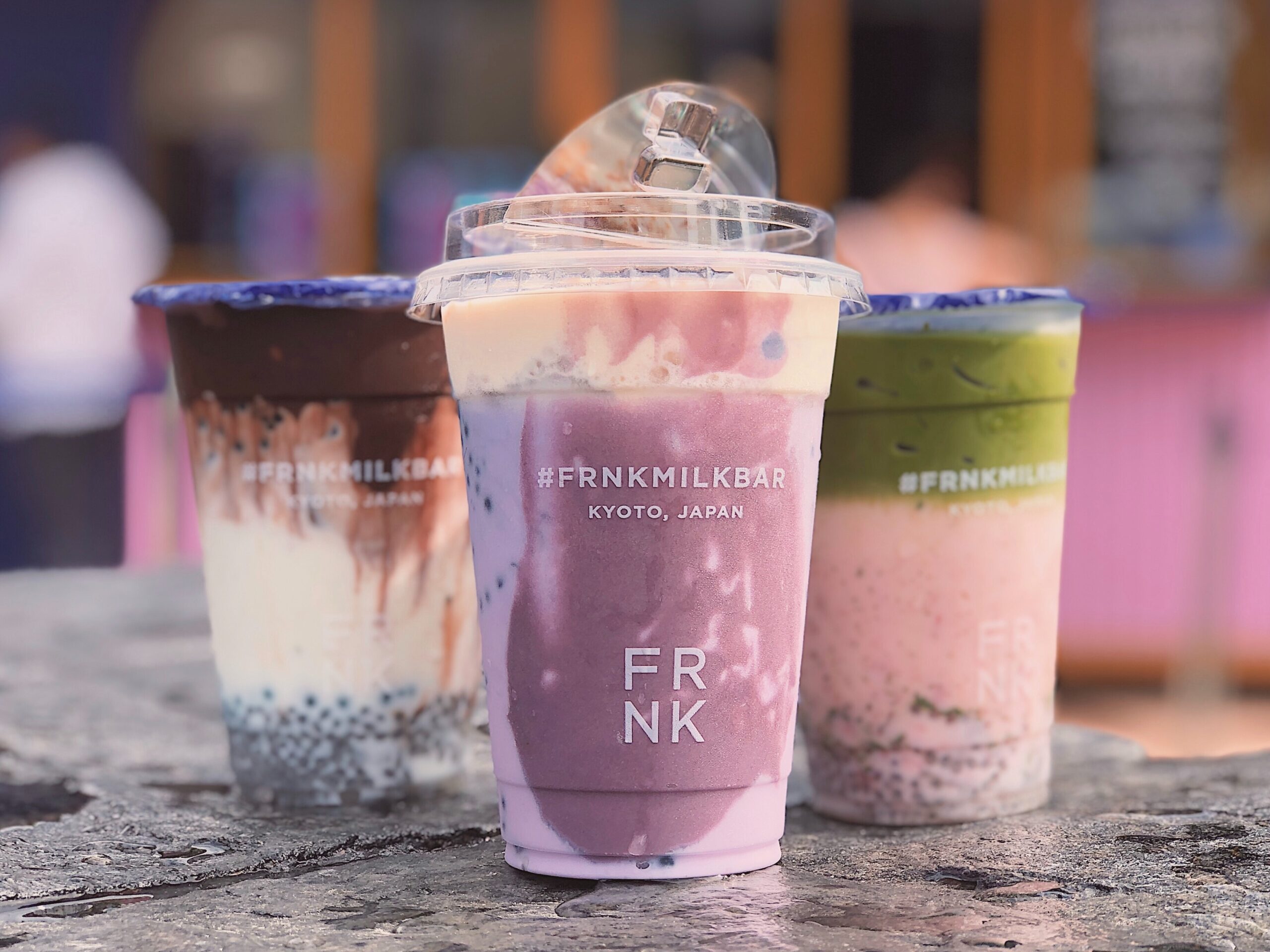Table of Contents
ToggleWhat is bubble tea, and why is the bubble tea market booming worldwide? Read this article to learn more.
Introduction
Tea has a history of nearly five thousand years in China, it is deeply integrated into the history and culture of the country, and with the development of trade spread to the world. Today, this ancient drink has grown up in its own innovation and development and gradually evolved into a new trend, that is, the rise of bubble tea and the bubble tea market.
Bubble tea, also called boba tea or milk tea, is a unique concoction blending tea and milk with the addition of chewy tapioca pearls and has captivated the taste buds of millions worldwide. Originating from Asia, this beverage transcends the traditional tea experience by offering.
With the development of the market, bubble tea has also derived a variety of other combinations from the relatively traditional combination of tea and milk, such as tea and fruit or tea and coffee combination. Japanese matcha can also be perfectly integrated with this drink, and young people deeply love it. In addition, the toppings of bubble tea are not limited to pearls. Various toppings, such as coconut, red beans, pudding, or aloe vera, also increase the possibilities of this drink.
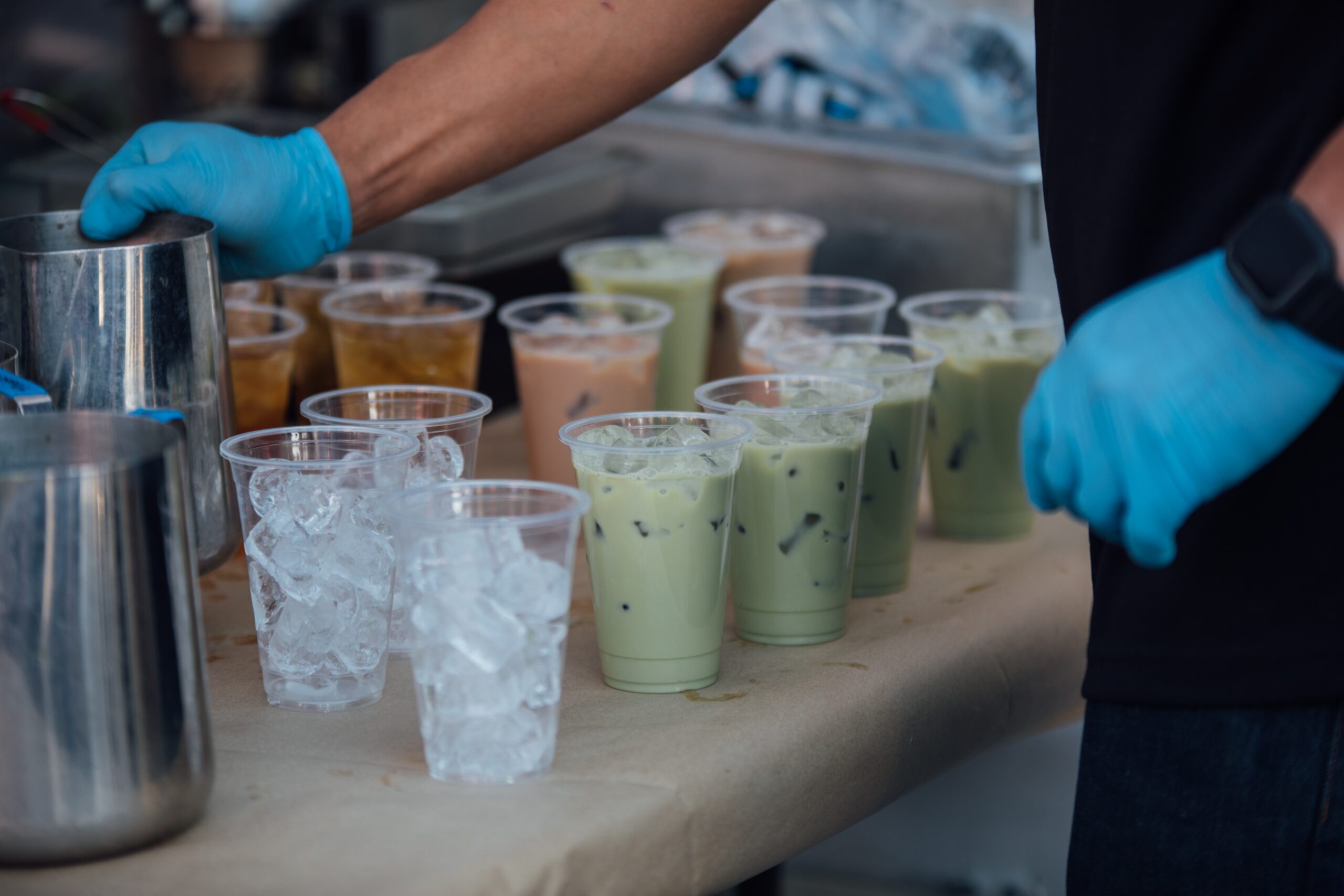
History of Bubble Tea
The origins of bubble tea are shrouded in mystery, lacking documented evidence. It is generally acknowledged that the story begins in Asia, particularly in Hong Kong and Taiwan.
Reputedly, there was a Taiwanese teahouse, Chun Shui Tang in Taichung, where the cold serving of Chinese tea, inspired by Japanese iced coffee, first took root. The creation of bubble tea occurred when the teahouse’s product development manager, Ms. Lin Hsiu Hui, spontaneously mixed her fen yuan (a sweetened tapioca pudding) with Assam iced tea during a meeting.
The resulting drink was so well-received that it was added to the menu and quickly became their bestseller. This innovation led to other Taiwanese teahouses adopting the idea of adding tapioca pearls and various fruit flavours to their iced teas, marking the beginning of the bubble tea phenomenon.
Trend of Bubble Tea
Since its inception in the 1980s, bubble tea has gained immense popularity worldwide. As of 2022, the global bubble tea market was valued at approximately $2.29 billion. Market analysts predict an impressive compounded annual growth rate (CAGR) of 7.51% from 2023 to 2030, projecting the market to surpass $4 billion by the decade’s end.
As the birthplace of bubble tea, Asia leads the trend, holding about 59% of the market share. This is majorly driven by the consumer market in Southeast Asia: In addition to China, the bubble tea industry is also thriving in Singapore, Thailand, Malaysia, Indonesia and other countries.
North America, which can be considered as the second largest bubble tea market, follows with a substantial 36% share and is likely to remain in the position throughout the forecast period. Recently, there has been an increase in bubble tea stores in the U.S. and Canada due to the shift in consumer preference towards no and low-alcohol beverages.
Recently, the bubble tea market in Europe, led by the U.K. and other EU countries, has also shown rapid growth, indicating the beverage’s increasing global appeal.
Factors Influencing the Growth of the Bubble Tea Market
With the expansion of the international bubble tea market, it became a symbol of cultural exchange, it became a symbol of Asian drinks, and attracted consumers from all over the world. There are many other reasons why bubble tea is popular around the world in addition to its unique wonderful taste
Delightful texture
Pearl or other toppings give bubble tea its unique texture. These chewy toppings are in sharp contrast to the liquid, and each bite of this drink is imbued with multiple layers of texture, which is a novel experience for many people.
Freedom of combination
Consumers enjoy a high degree of freedom when they order their bubble tea. They can choose the type of tea they like (the most common types are black, green, and oolong) and the type of milk they like (milk, soy milk or oat milk).
At the same time, bubble tea shops generally introduce several or even a dozen different toppings for consumers to choose from, or you can choose no topping at all. In addition, the sweetness and amount of ice can also be chosen by the consumer. These flexible combinations allow consumers to customize the bubble tea they want according to their preferences.
Variety of flavours
In recent years, bubble tea stores have also begun to try to introduce different flavours. In addition to the traditional combination of milk and tea, the combination of fruit and tea is also loved by young people.
Besides, the introduction of unique flavour ingredients such as brown sugar, matcha, coffee and even coconut water to bubble tea has gradually formed a new trend, some shops are bold in their innovations, such as blending chilli or alcohol into bubble tea.
In addition, some brands, such as MIXUEBINGCHENG from China, offer black tea and oolong tea on the menu as a drink that is not mixed with anything else (but consumers can still add sugar or ice as they like) to cater to more traditional consumers, which also broadens the consumer base.
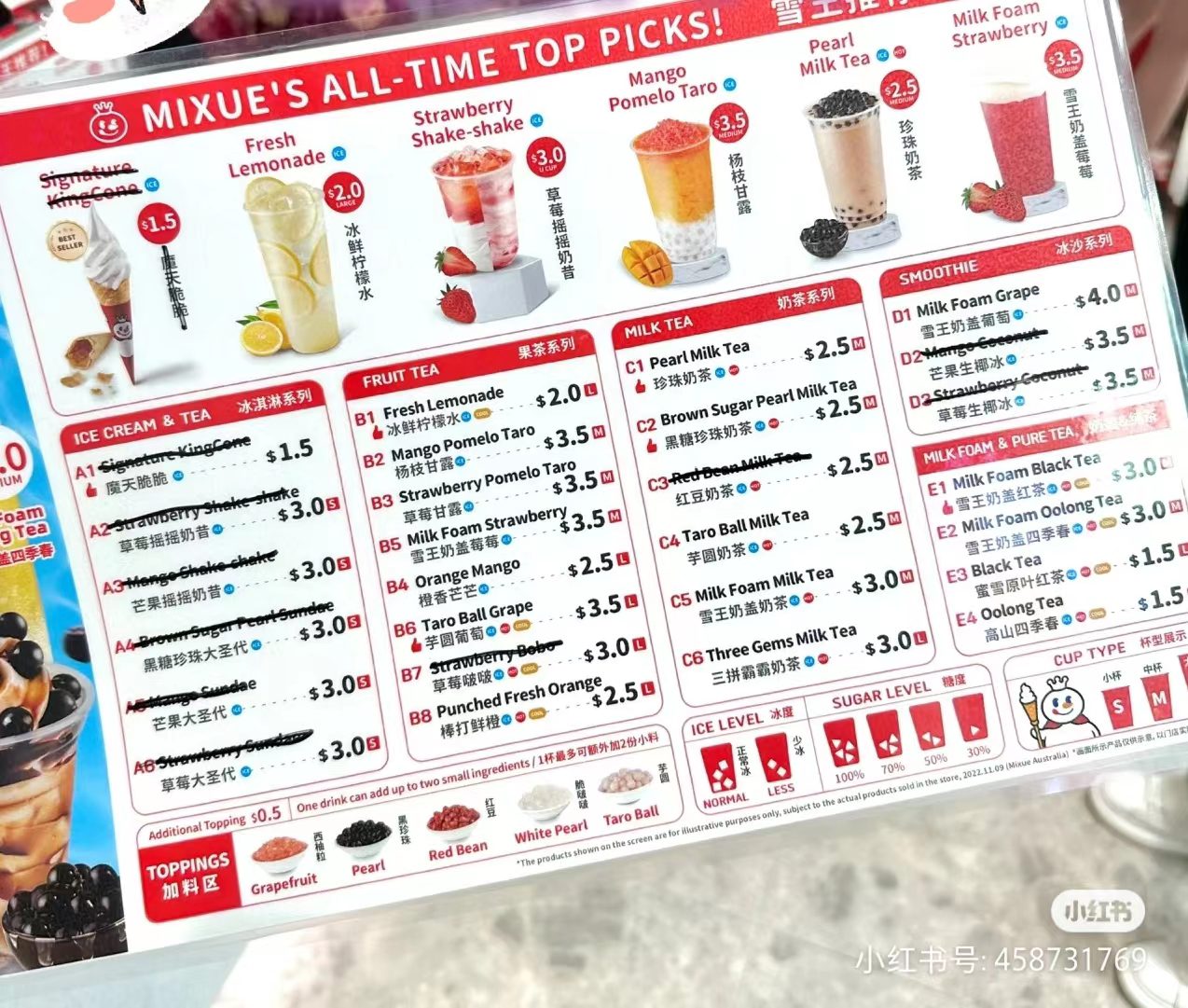
Social Media Advertising
Since the main consumer group of the bubble tea market is young people and young people generally check social media messages frequently, it is more effective to advertise on social media. Usually, visually appealing pictures and videos can also stimulate the interest of potential customers.
In addition to simple advertising, some bubble tea brands will launch linkage activities with works in other fields, which are generally works that young people are interested in, such as video games or films, so as to achieve better publicity effects.
For example, a bubble tea brand, Gong Cha, launched a linkage activity with the Japanese Studio Ghibli master Hayao Miyazaki’s film “The Boy and the Heron” in December 2023, and consumers can get a lucky draw for movie tickets through interaction with Gong Cha brand on Instagram.
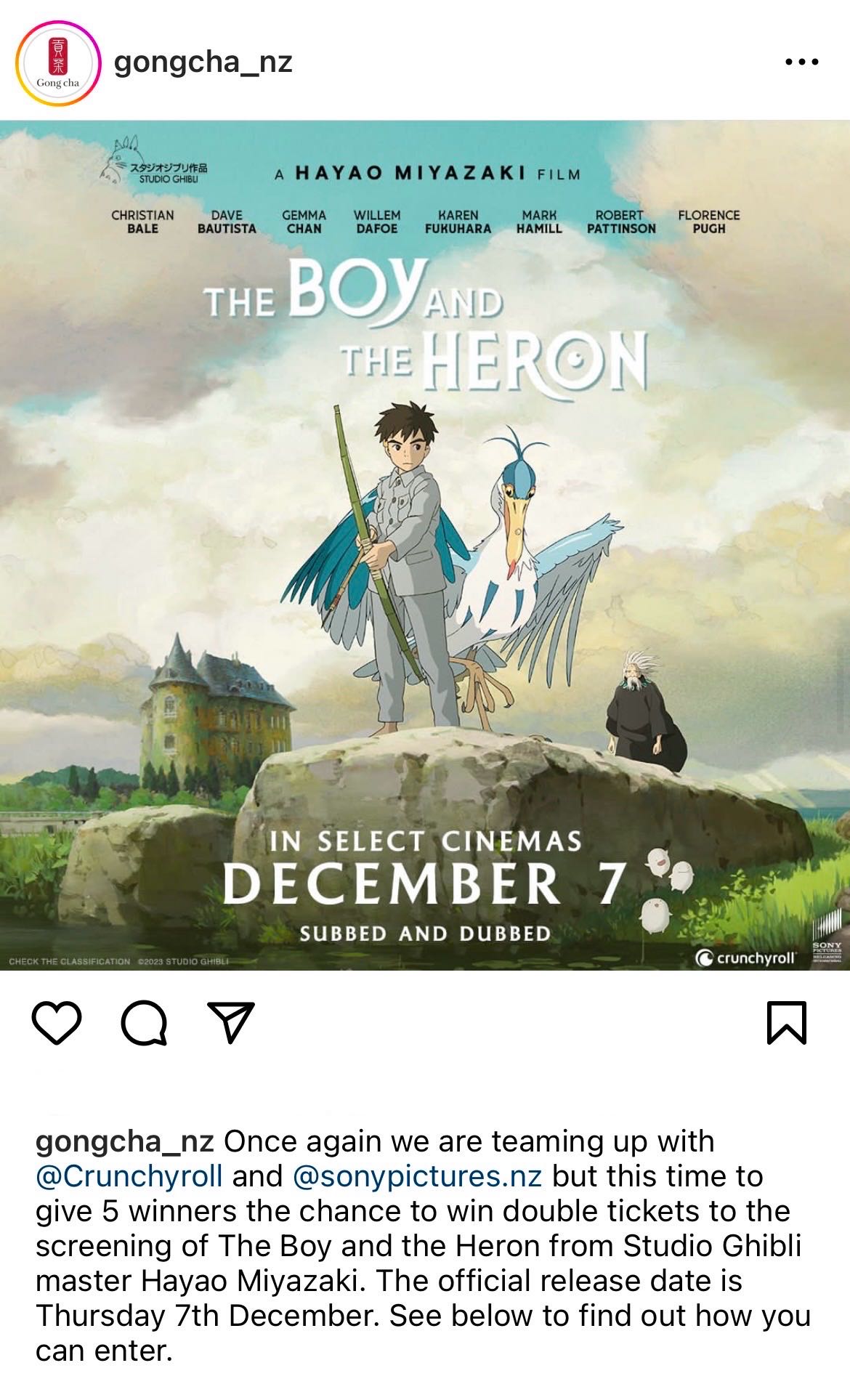
Socializing Attribute
For many young people, bubble tea is no longer a simple drink. It has more emotional value, and shines on social occasions. The sweet taste of bubble tea will make people feel happy. People will choose bubble tea as comfort when sad, or drink it when they are happy or during holidays to celebrate. Some bubble tea merchants will launch milk tea flavours with festive characteristics during festivals to meet the consumption trend.
In addition to its sentimental value, bubble tea is also endowed with unique social properties. Widely known as a casual drink, a conversation about milk tea may well serve as an icebreaker to bring new friends closer together. In addition, milk tea shops also provide a place for young people to socialize and chat with friends.
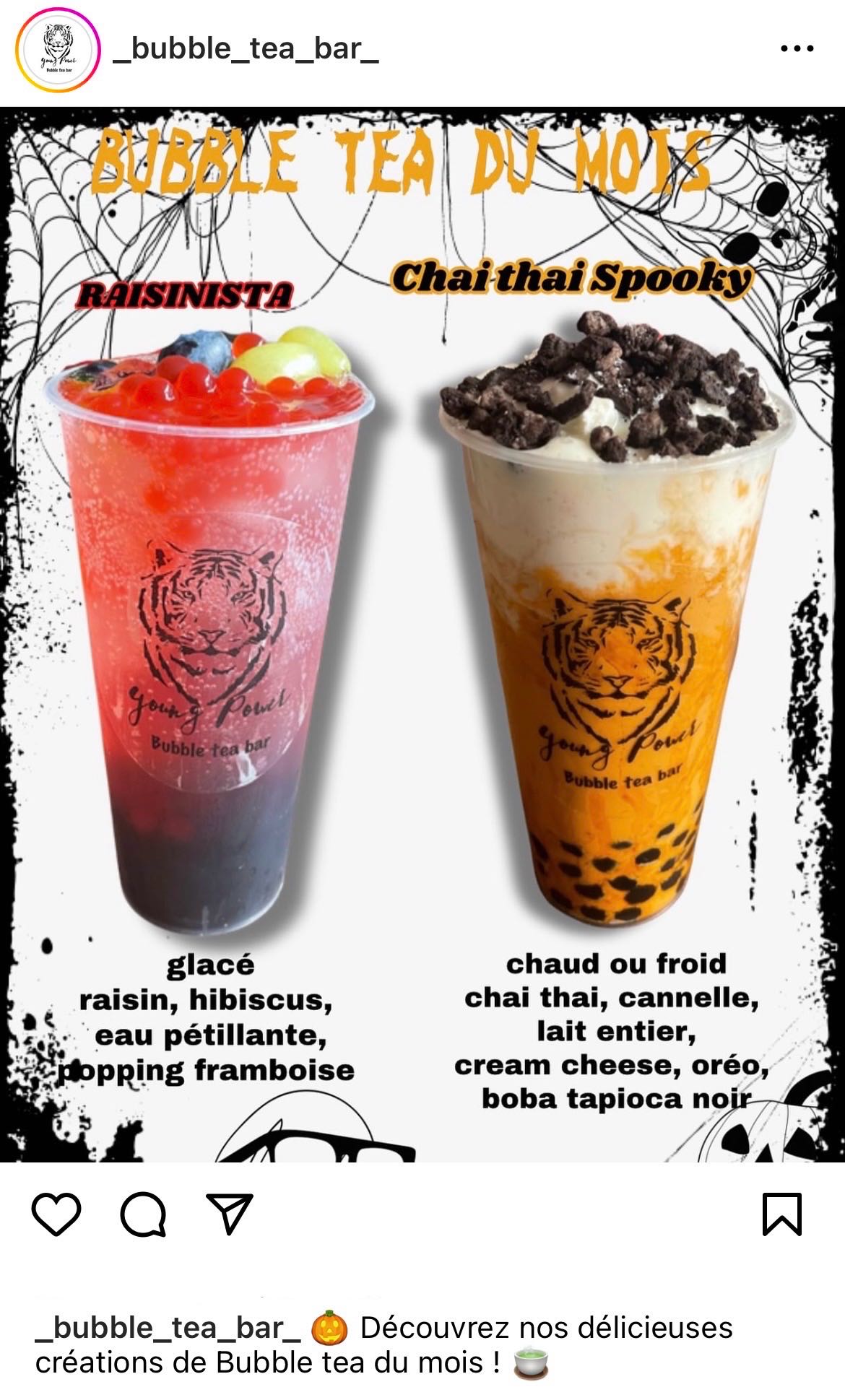
Future of Bubble Tea Market
Looking ahead, the bubble tea market is poised for continued expansion, and is projected to be a $4 billion industry. The Asia Pacific region, being the birthplace of bubble tea, is expected to maintain its dominance. However, significant growth is anticipated in North America and Europe, driven by evolving consumer tastes and the increasing popularity of Asian cuisine and culture. To capture a larger market share, industry participants are focusing on exploring new and unique flavours, catering to the dynamic preferences of a global audience.
Bubble Tea Market: Conclusion
In conclusion, bubble tea’s journey from a playful experiment in a Taiwanese teahouse to a global beverage phenomenon is a testament to its unique appeal and adaptability. As the market continues to evolve, bubble tea stands as a symbol of cultural fusion and culinary innovation, delighting customers one pearl at a time. If you are interested in being part of the food and beverage industry and seeking to expand overseas, connect with Eos for more information. Check our services here or book a free consultation now.

